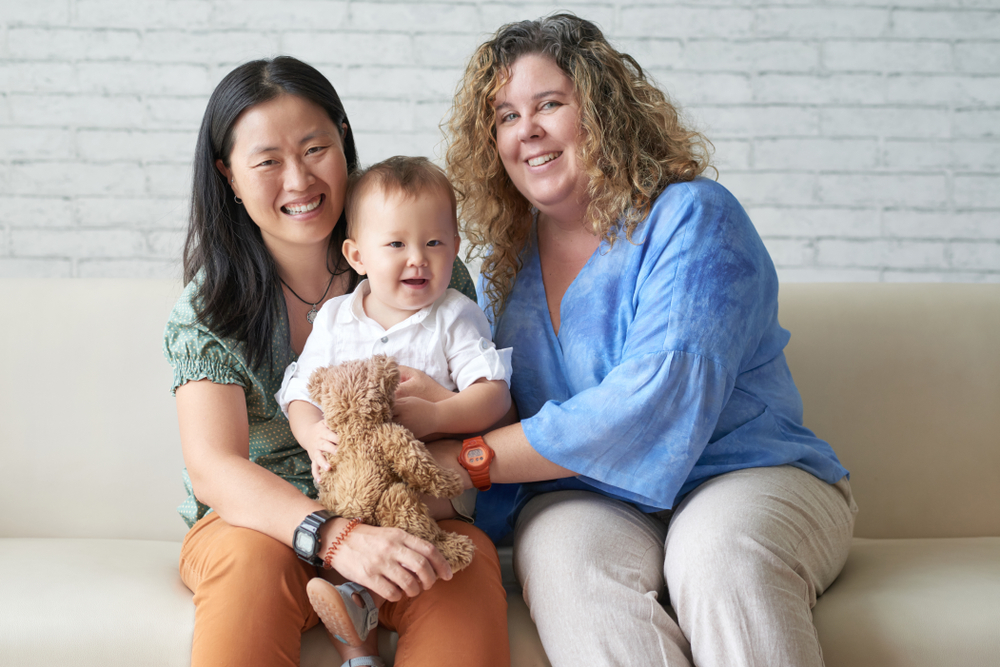What does playing Peek-A-Boo accomplish?
- Peek-a-boo is a game that helps develop object permanence, which is part of early learning. Object permanence is an understanding that objects and events continue to exist, even when they cannot directly be seen, heard, or touched. Most infants develop this concept between 6 months and a year old. If object permanence hasn’t yet developed, it will be “out of sight, out of mind” with any person or thing that is removed from the baby’s vision.
- Positive approach to learning. Is your child active and engaged? Do they try new things? Do they master skills and have fun while doing so? Having a positive approach to learning can help children be school ready.
- Social development: a child learns about “give and take”-sharing, taking turns, while playing peek-a-boo. Social skills are necessary for children to be school ready.
You can’t force skill development.
Although there are typical developmental stages that occur usually at certain ages, you can’t force a child to develop a skill like object permanence. Think of it instead as providing the healthy environment that can stimulate this development. Remember that children are just not capable of understanding…until they are capable of understanding. This means that a child’s development can’t be rushed.
What happens to the brain during a game of peek-a-boo?
Visual stimulation causes new brain cell connections (synapses) to development in a baby. And repetition strengthens the newly formed synapses. This is how a baby learns. If certain synapses are rarely used, they start to die out.
Older kids can help.
Peek-a-boo games are ones that older children seem to love playing with babies. The older child and the baby get immediate feedback from each other. The baby gets enjoyment from the game, and the older child feels a sense of connection that is very pleasurable to them. So this is a great game for an older brother and/or sister to play with the baby.
Here are two ways to play:
- Where is [object]? Show the baby an object, like a teething ring, or a ball. Let them spend a minute or two exploring the object. Then, cover the toy with a cloth and say, “where did it go?” If the baby has developed object permanence, they will pull the cloth off themselves to find the toy. If not, the toy will be out of sight, out of mind. And when you pull the cloth off, it will be like the toy magically re-appeared.
- Where am I? Hide your face from the baby (behind your hands or behind a cloth), wait a moment, then burst into view. As you hide, say, “where is [your name]? When you pop back, say, “Here I am! Peek a-boo! Coach older children to do this action with an expression of joy and excitement. The idea is to be silly, but not to scare the baby.
© Parent Trust for Washington Children

